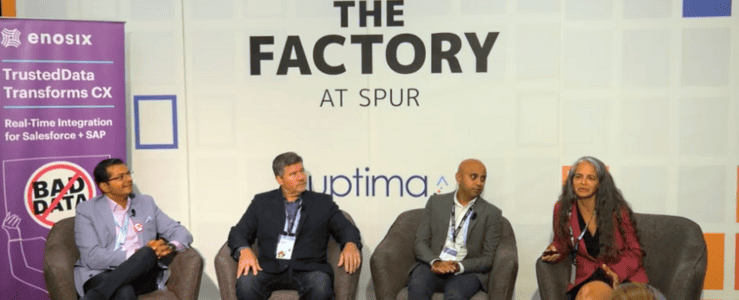Blog

Why and How to Modernize Legacy Systems
Your legacy systems problems could be costing you time, money, and worse. Here’s why modernization must be a priority and how to approach it.
The rapid evolution of technology demands that enterprises frequently modernize their systems and infrastructure to support and allow future growth. Staying up to date with the needs of the marketplace requires the most effective systems, tools, and workflows in place, which also requires an IT strategy that embraces flexibility and modernity.
Organizations prioritize modernizing lgacy systems differently. For some, it is a constant, ongoing project that is fundamental to the success of the business. For others, the scope and cost outweigh the need for updated technology, so modernization falls by the wayside.
Legacy modernization is not black and white. There are several methods for updating applications and systems that businesses can adopt to cater to their needs, budget, and bandwidth. Let’s take a look at how to approach a legacy upgrade and the various options available to do so.
What is legacy modernization?
Legacy modernization doesn’t only deal with outdated technology. It can pertain to any piece of hardware, software, process, or system that is slowing down your workflow or otherwise acting as a bottleneck in the organization. This includes applications and technology experiencing issues with maintenance, support, integration, or overall experience.
Four out of 10 Chief Information Officers consider complex legacy technology problems to be a significant barrier to true digital transformation. Modernization means upgrading the tools at your disposal to optimize operations.
Why legacy modernization matters
IT managers and CTOs everywhere struggle to convince company leadership that investment in technology is worth the time and money. There are many reasons legacy modernization should be a constant priority within an organization:
- Better performance due to high-functioning equipment and processes
- Competitive edge over companies that don’t modernize
- Better experience for customers, employees, and vendors
- Tighter security to protect company assets
- Robust integration options to make your systems more efficient
- Cost-efficiency when compared to the constant maintenance and service needed to run outdated or inefficient systems
Legacy modernization methods
In order to choose an appropriate modernization method, you have to consider the root cause of the issues your organization is facing. Is it hardware, architecture, specific applications, integrations, or some combination of these?
Form a plan based on the desired outcome that takes into account how your employees and customers interact with your tech stack. Complete replacement isn’t the only option. Whatever modernization approach you use must be part of a long-term strategy so you can continue to grow and see ROI on the modernization.
Rebuild and replace
This method allows you to start from scratch. If the gain of replacing and rebuilding key components is worth more than trying to upgrade or salvage parts of your legacy systems, this is the right option for you. Of course, starting over requires forethought and planning to ensure the new technology truly addresses issues rather than just stalling them.
Many enterprises don’t have the budget or time to replace major technology components all at once, so approach the replacement process gradually instead, upgrading piece by piece as needed. This solution is best for smaller businesses or simpler processes. The more complex the system, the more vulnerable this option is to error.
Improve legacy systems
The idea behind improving legacy systems is to make efficient changes that will achieve the desired outcomes without the investment of a complete replacement. Some option to make these improvements include:
- Rehosting: Redeploying a component or entire application to different infrastructure. Most often, enterprises choose to migrate applications to the cloud to get maximized speed, flexibility, and savings without changing features or application code.
- Refactoring: Optimizing code within an application without changing its external behavior. Refactoring improves key functionalities and features to enhance the overall usage and performance.
- Rearchitecture: Modernization from a network design perspective, seeking to optimize code, integration, and overall functionality to make the most of legacy applications.
- Encapsulation: By reusing components of legacy software, encapsulation leaves code in its current environment but connects it to new presentation and accesses layers via an API. This extends the application’s features without significant changes to the code.
Modernizing with integration
Modern technologies and applications are usually integration-ready, giving enterprises that much more potential for optimized performance and service. This is yet another reason to consider legacy modernization. Attempting to integrate outdated or incompatible systems is often more costly than upgrading over time.
enosix’s integration solutions are designed for enterprise companies looking to provide a more connected and informed experience to their customers. Our bi-directional integration connects your backend SAP ERP system to your front-end CRM, unlocking critical data for all employees. It also reduces the cost of IT maintenance and implementation while accelerating your time to value.
Modernizing your legacy systems doesn’t just involve improving and replacing individual applications and components. It includes seeking solutions for integration so you can use your applications to their full potential and unlock success.Schedule a demo with us today to learn more.


